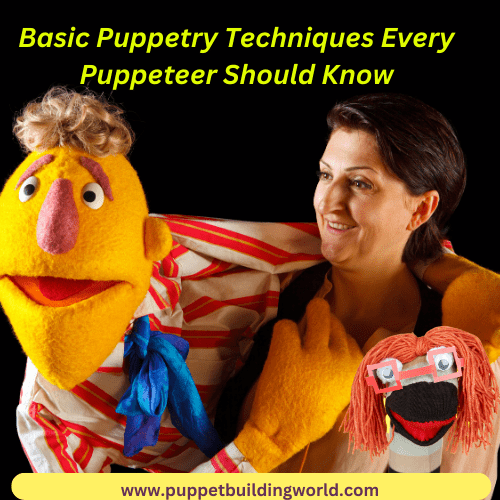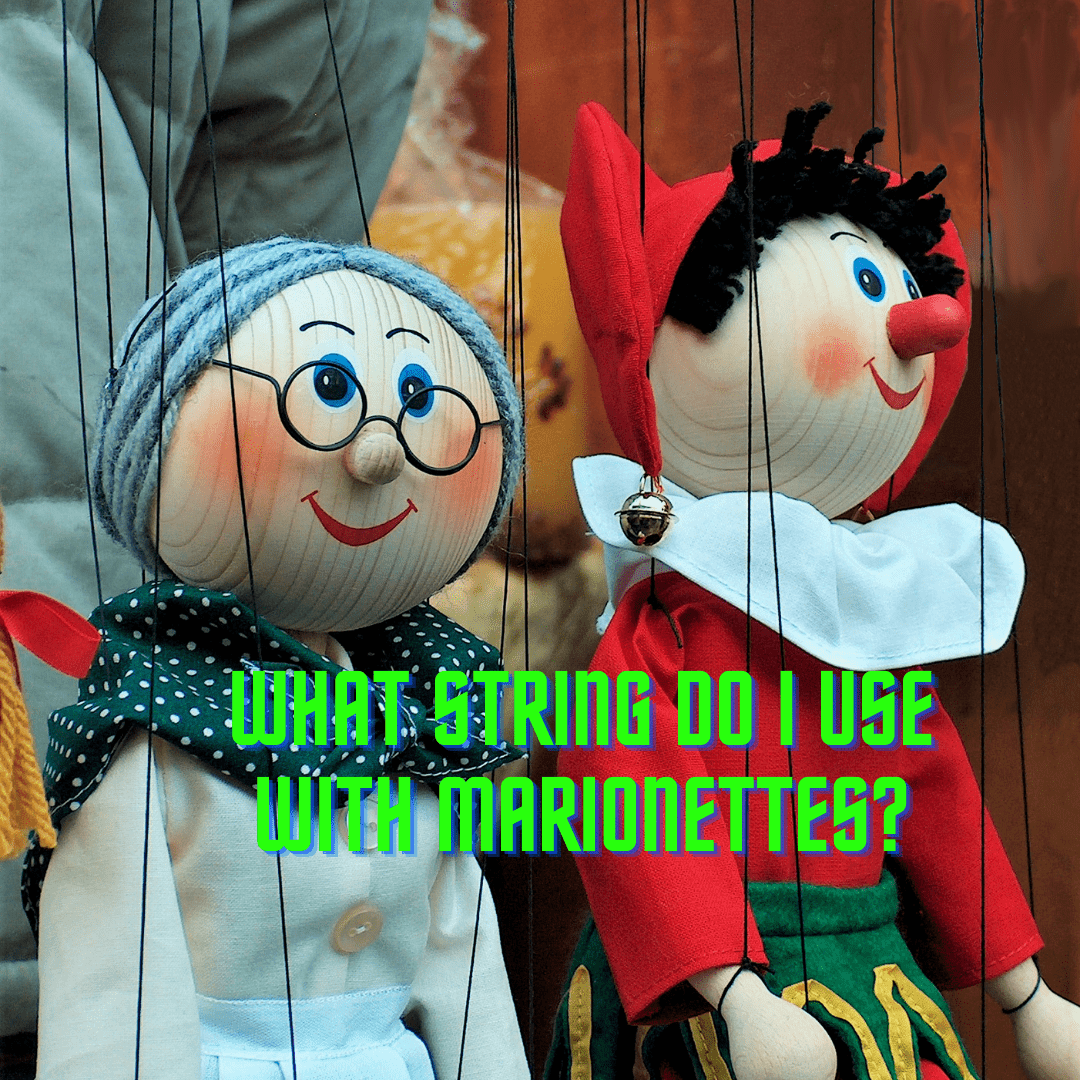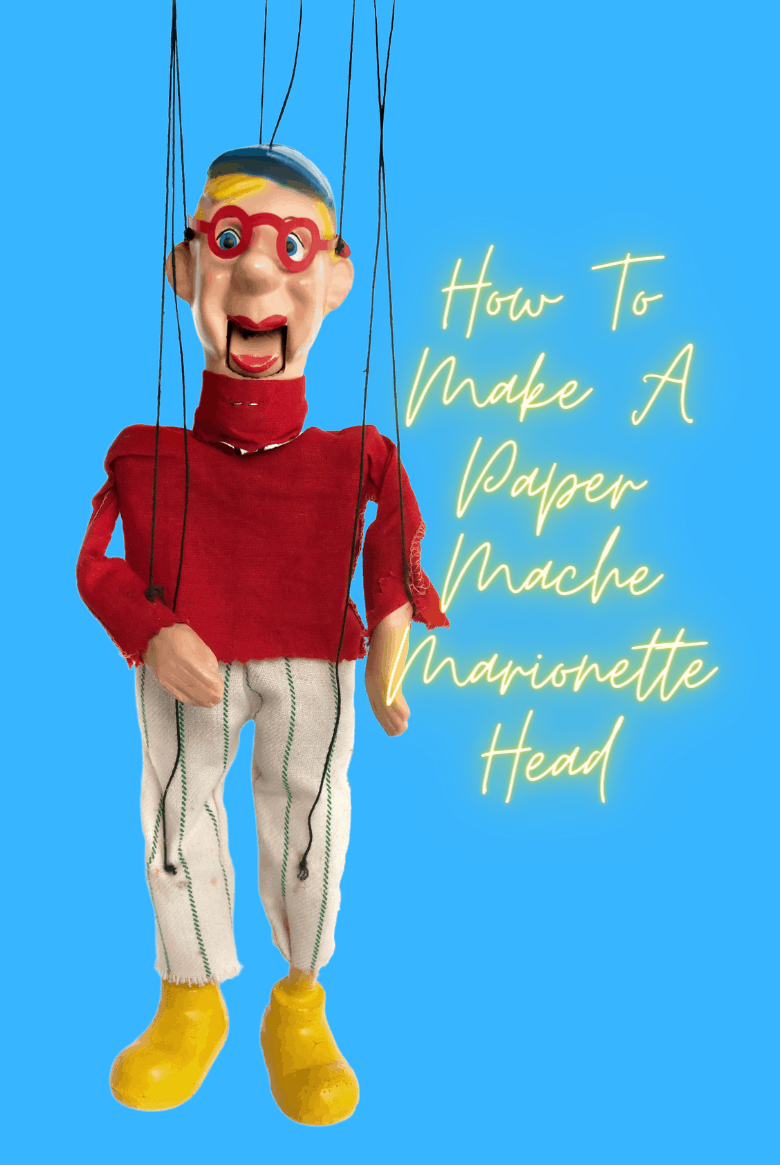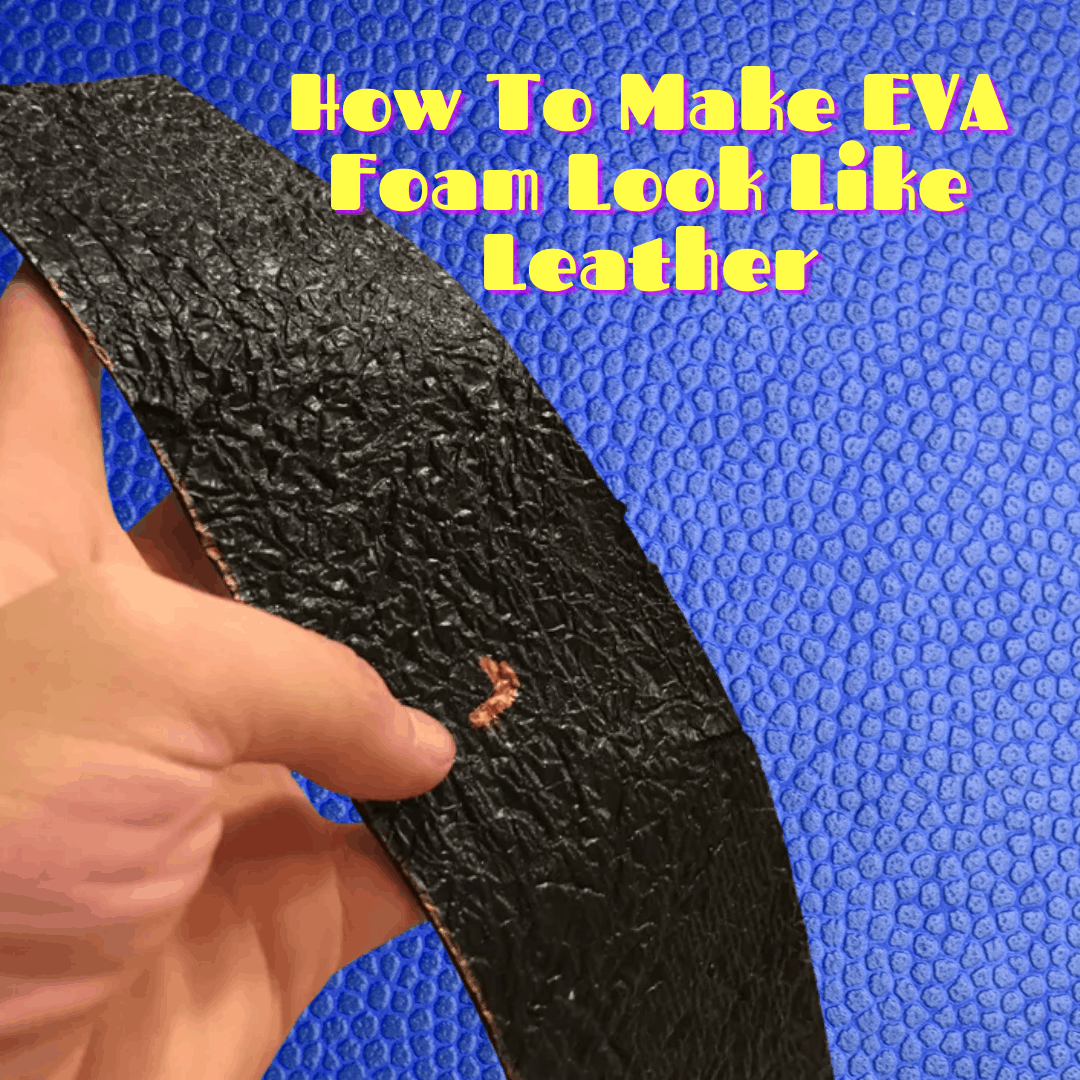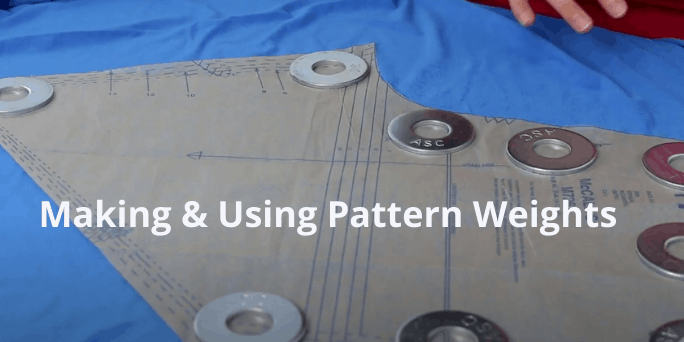Puppetry is a form of theater that has been around for thousands of years. It involves using puppets, which are figures controlled by a puppeteer, to tell stories and entertain audiences. Puppetry can be a fun and rewarding hobby or career, but it does require some skill and practice to master. In this article, we will cover some basic puppetry techniques that every puppeteer should know.
Table of Contents
The first thing you need to know about puppetry is the different types of puppets.
There are several different types of puppets, each with their own strengths and weaknesses. The most common types of puppets are hand puppets, rod puppets, and marionettes.
Hand puppets are controlled by the puppeteer’s hand, which is inserted into the puppet’s head. Rod puppets are controlled by rods that are attached to the puppet’s limbs. Marionettes are controlled by strings that are attached to the puppet’s limbs.
The next thing you need to know is how to control your puppet. This involves learning how to make the puppet move in a lifelike way. The key to making a puppet move realistically is to use a technique called “puppet breath.” This involves breathing in and out while moving the puppet, which helps to give the puppet a sense of life and movement.

Another important technique to master is the art of lip-syncing.
Lip-syncing is the process of making the puppet’s mouth move in time with the dialogue. This can be done by using a technique called “lip-flap,” where the puppeteer moves the puppet’s head back and forth to make the mouth open and close. It’s important to practice lip-syncing to make sure your puppet’s mouth movements are smooth and realistic.
Lip Sync is so important in the puppetry world, because a lot of people think that if you just open and close the mouth several times when you’re talking with it, and that’s believable enough for a character, but it’s actually not.
What’s really important when you’re lip-syncing with a puppet is that you open the mouth on every syllable. When you are talking with a puppet, you want to make sure that you open the mouth on the beats, just like a syllable.
Another important technique that every puppeteer should know is how to create different emotions and expressions on the puppet’s face.
This can be done by using different facial features such as the eyes, eyebrows, and mouth. It’s important to practice making different facial expressions with your puppet so that you can convey different emotions to your audience.
Lastly, it’s important to know how to properly care for your puppets. This includes cleaning the puppets, storing them properly, and making any necessary repairs. Puppets can be delicate and it’s important to take care of them so that they last a long time.
Eye Focus helps the puppet feel alive
Eye Focus is making sure that the puppet is looking where you want it to look so that you can tell the story that you want to tell. You want to make sure that the puppet is looking directly at the camera or audience.
This is a little more difficult than it sounds, but once you have them looking at the camera, then you can start experimenting with different directions. You can have him look up at the corner. You’re going to have him look up at the other corner, but what’s really important is do you believe he’s looking where you want him to look? You can also look down, you can look up side to side.
One really important technique that I picked up along the way is when he looks from side to side, you don’t want him to a complete profile. You almost never want the puppet to do this, but if you tilt them a little more towards the camera, you can see the other eyeball and see it’s a lot more engaging that way.
You must develop your puppet’s character
Character can come from lots of places, the script, the look of the puppet or the voice.
When I’m creating a character, first, I start with my own normal voice. But then I try to think about where the placement of the voice is coming from. For example, maybe the character is small or meek or innocent. So maybe the voice comes from the head. Or maybe the characters more shifty and you don’t trust him. And maybe the voice comes from the throat or maybe the character is more dimwitted or slow. And then the voice would come more from the gut. Have fun and experiment with different placements and you just never know what kind of characters are going to come out.

Stage Presence
Another important aspect of puppetry is stage presence. As a puppeteer, you are not only controlling the puppet, but also becoming a character yourself. It’s important to understand your own body language and movement, and how it can affect the puppet’s movement. This includes posture, hand gestures, and overall stage presence. This will help to give your puppet a more realistic and believable performance.
Storytelling
Another technique to master is the art of storytelling. Puppetry is a visual medium, and it’s important to be able to tell a story in an engaging and captivating way. This includes understanding pacing, rhythm, and timing. It’s also important to be able to improvise and adapt to unexpected situations. This will help to keep your audience engaged and interested in the story.
One way to improve your storytelling skills is to study different types of puppetry performances. This includes different styles such as traditional puppet theater, contemporary puppet theater, and puppet film. By studying different styles and techniques, you can learn new ways to tell stories and improve your own performances.
Another way to improve your puppetry skills is to practice, practice, practice. This includes experimenting with different puppets and techniques, and performing in front of an audience. It’s important to get feedback and critique, and to be open to learning new things. Remember that practice makes perfect.
In addition to the technical skills, it’s important to have good communication skills.
As a puppeteer, you will be working with other performers, such as actors, musicians, and stage crew. Good communication will help to ensure that everyone is on the same page and that the performance runs smoothly.
Finally, it’s important to have a passion for puppetry. Puppetry is a form of art, and it’s important to enjoy the process of creating and performing. By having a passion for puppetry, you will be more likely to stick with it and improve your skills over time.
By learning the different types of puppets, how to control your puppet, lip-syncing, creating different emotions and expressions and taking care of your puppets, you will be on your way to becoming a great puppeteer. Remember to practice and have fun!
In conclusion, puppetry is a complex and multi-faceted art form. It requires a combination of technical skills, creativity, and passion. By learning the different types of puppets, how to control your puppet, lip-syncing, creating different emotions and expressions, stage presence, storytelling, practicing and improving communication, you will be well on your way to becoming a skilled and successful puppeteer. Remember to have fun and enjoy the process!


